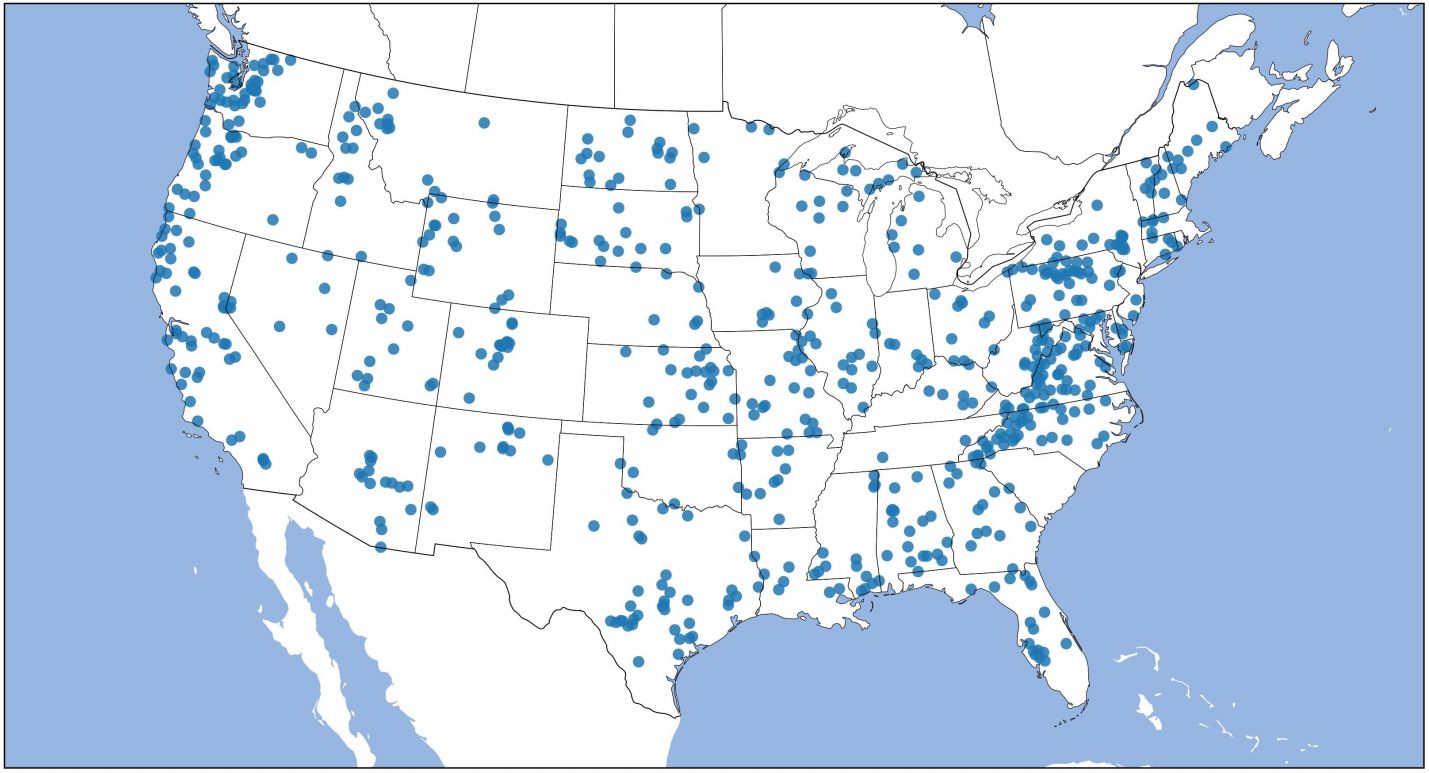Building LSTM and Transformer Models for Hydrologic Prediction
This tutorial provides a hands-on introduction to applying deep learning models—LSTM and Transformer—to hydrologic prediction using the CAMELS dataset. Participants will learn how to preprocess data, construct and train models, and evaluate their performance on rainfall–runoff tasks. No prior hydrology experience is required—just curiosity about deep learning for Earth science.



